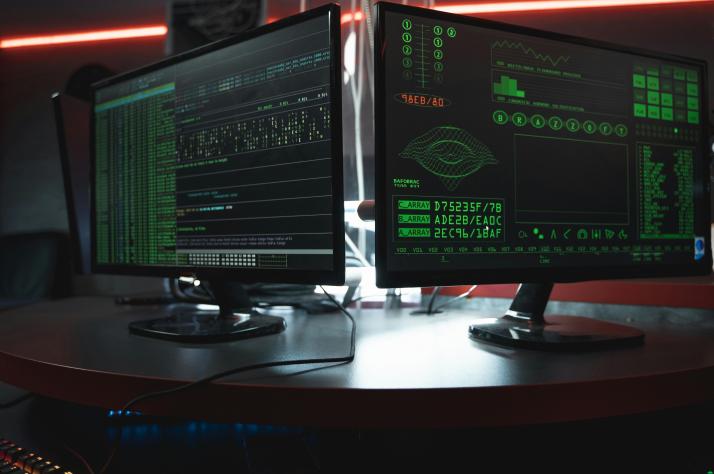Redis, the in-memory data store, is known for its blazing-fast performance. But even the speediest systems can encounter bottlenecks. To diagnose performance issues and optimize your Redis instance, two key tools are available: Redis slowlog and Redis MONITOR. While they both provide valuable insights, they serve distinct purposes. Let's delve into their functionalities and understand which one to use when.
Redis Slowlog: Highlighting Performance Bottlenecks
The Redis slowlog is a targeted approach to identifying slow-running commands. You can configure it to log commands that exceed a specific execution time threshold. This is particularly helpful for a single-threaded system like Redis, where a slow command can significantly impact overall performance.
Key benefits of Redis slowlog:
- Focus on performance: Slowlog zeroes in on commands exceeding the threshold, helping you pinpoint potential bottlenecks.
- Reduced overhead: Since it only logs slow commands, it minimizes the impact on system resources.
- Analysis-ready data: Slowlog entries provide details like command type, arguments, execution time, and client address, facilitating performance analysis.
How to configure Redis slowlog:
There are two ways to configure Redis slowlog:
-
Editing
redis.conf:- Edit your
redis.conffile. - Set
slowlog-log-slower-thanto the desired threshold in milliseconds (ms). - Adjust
slowlog-max-lento define the maximum number of logged entries.
- Edit your
-
Using the Redis CLI:
- Connect to your Redis server using the Redis CLI.
- Execute the following commands:
CONFIG SET slowlog-log-slower-than <milliseconds> CONFIG SET slowlog-max-len <number of entries>Replace
<milliseconds>with the desired threshold and<number of entries>with the maximum number of logs you want to store.
How to view the slowlog:
Once you've configured slowlog, you can view the logged entries using the SLOWLOG GET command in the Redis CLI. Here's how:
-
Connect to your Redis server using the Redis CLI.
-
Execute the following command:
SLOWLOG GET
This will retrieve all slowlog entries. You can optionally specify a number to retrieve only the most recent entries. For example:
SLOWLOG GET 10
This will display the 10 most recent slowlog entries.
Use Redis slowlog when:
- You suspect slow commands are affecting performance.
- You want to identify and optimize specific operations.
- You need a lightweight approach to performance monitoring.
Redis MONITOR: Real-Time Command Stream
Redis MONITOR offers a real-time view of all commands processed by the server. This provides a comprehensive understanding of how your application interacts with Redis.
Key benefits of Redis MONITOR:
- Real-time insights: Witness every command execution as it happens, allowing for immediate debugging and analysis.
- In-depth understanding: Gain a holistic view of Redis activity, including client interactions and command usage patterns.
- Troubleshooting power: Identify potential issues like unexpected commands or usage patterns.
Here's how to use Redis MONITOR:
- In the Redis CLI, execute the
MONITORcommand. - The server will stream every processed command with details like timestamp, client, command type, and arguments.
Use Redis MONITOR when:
- You need to debug application behavior related to Redis interactions.
- You want to understand the overall command usage patterns of your application.
- You're actively troubleshooting performance issues and need real-time data.
Choosing the Right Tool:
The choice between Redis slowlog and MONITOR depends on your objective:
- For performance optimization: Use
slowlogto identify and address slow commands. - For real-time debugging and understanding overall activity: Use
MONITOR.
Remember: MONITOR can generate a significant amount of data, impacting performance in production environments. Use it judiciously and consider using dedicated monitoring tools for long-term monitoring.
In Conclusion:
Redis slowlog and MONITOR are valuable tools that provide different perspectives on your Redis instance's health. By understanding their strengths, you can effectively diagnose performance issues, optimize your application's interaction with Redis, and ensure your data store runs at peak performance.


Comments